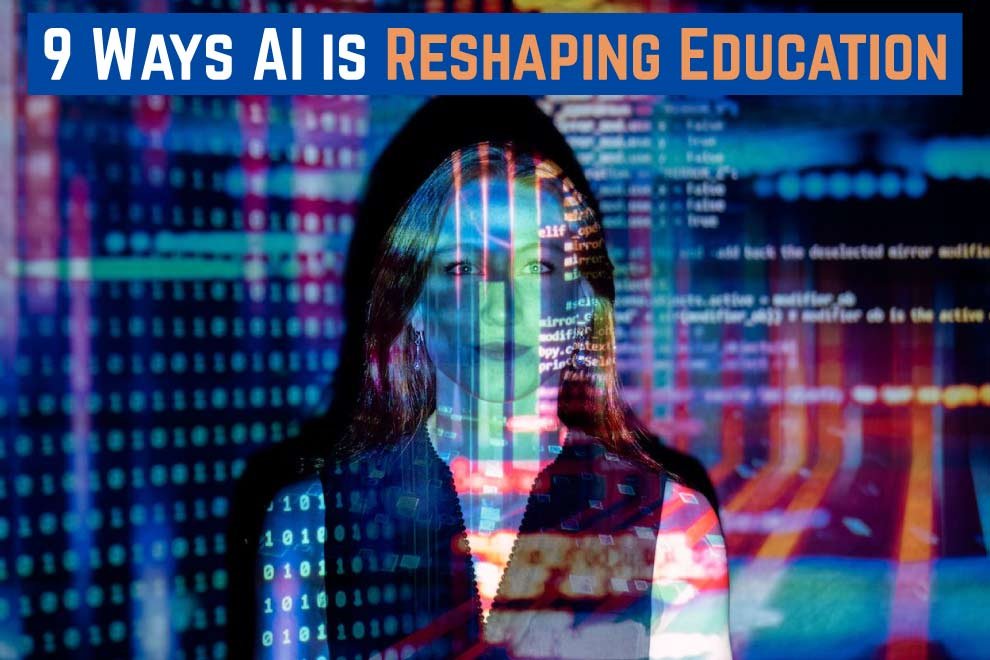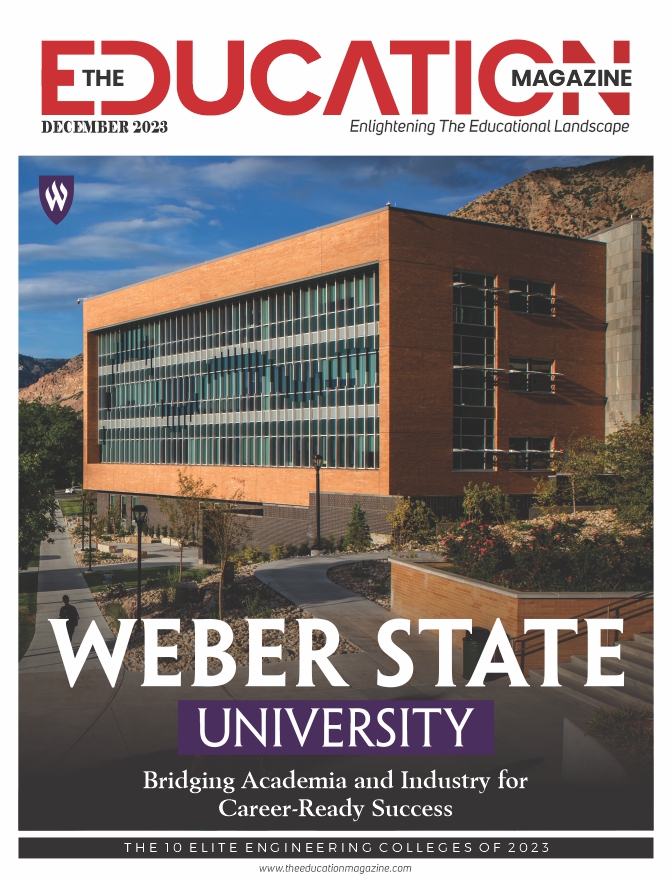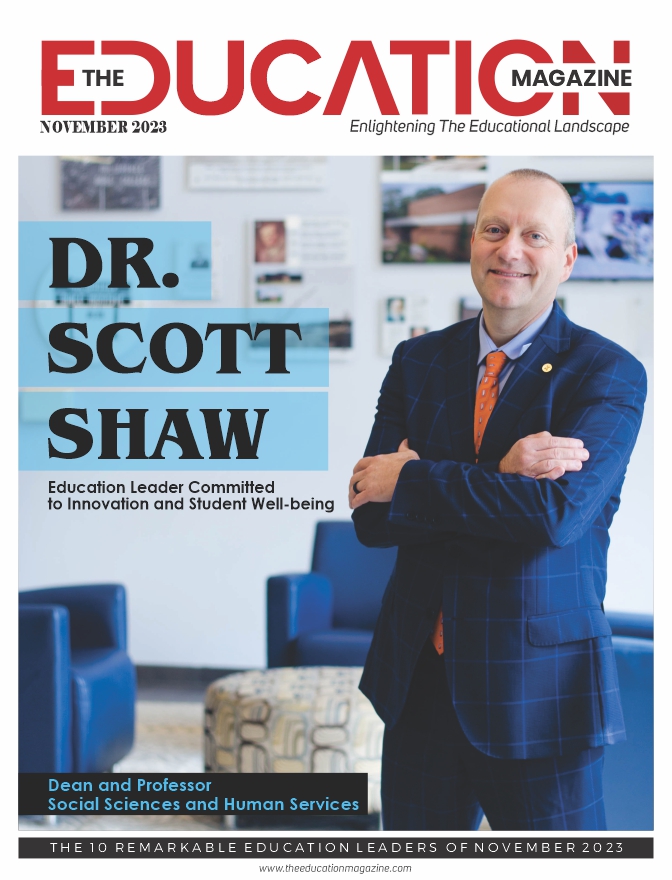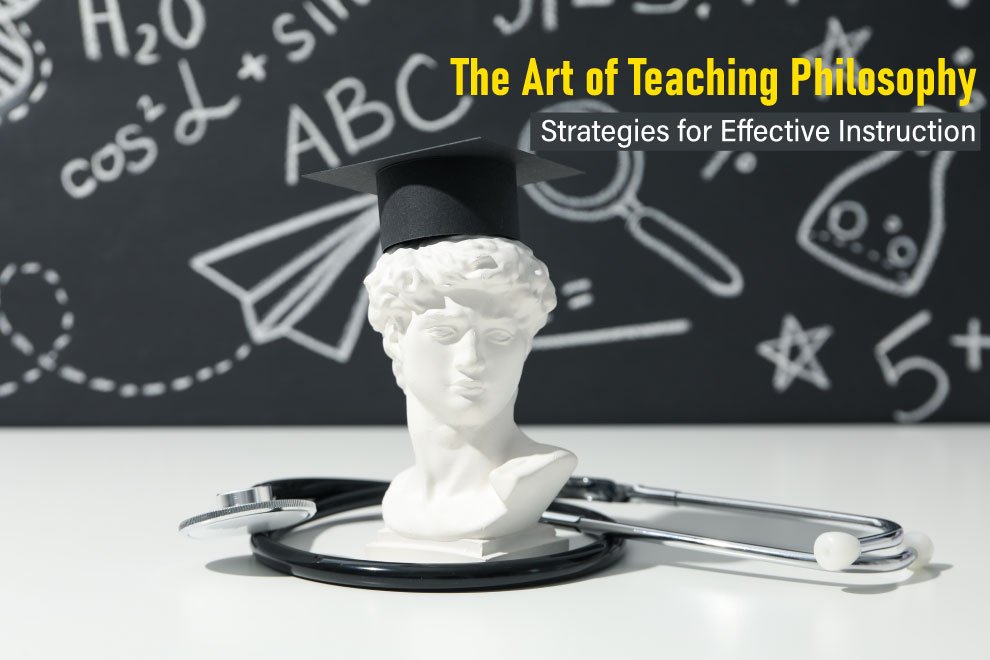In today’s rapidly evolving world, the integration of artificial intelligence (AI) in various sectors is no longer a futuristic concept; it’s a present reality. Particularly in the realm of education, AI is not just an add-on but is becoming a core component of how educational experiences are designed and delivered. From elementary classrooms to university lecture halls, the influence of AI is unmistakable and transformative. This change is evident in how we approach teaching methodologies, student engagement, and even in the ways we prepare educators themselves.
As we delve into the specific ways AI is reshaping education, it’s crucial to remember that this is not a distant future scenario. These changes are happening now, reshaping the landscape of education in profound and exciting ways.
1. Personalized Learning Experiences
One of the most significant impacts of AI in education is the ability to offer personalized learning experiences. AI systems can analyze a student’s performance and learning style, tailoring the educational content to their specific needs. This approach ensures that students are not just passive recipients of information but are engaged in a learning process that adapts to their pace and understanding. Additionally, AI can identify gaps in knowledge and suggest targeted resources, ensuring a more comprehensive learning journey. Personalized learning also extends to special education, where AI tools can be designed to meet the unique needs of students with different abilities, ensuring inclusivity and accessibility in education.
2. Transformation of Instructional Design
AI is playing a pivotal role in transforming instructional design. The traditional one-size-fits-all approach is being replaced by AI-driven models that can design curricula and learning experiences based on real-time data and evolving educational needs. In this context, programs like a masters in instructional design and technology, such as that offered by St. Thomas University, are increasingly incorporating AI elements to prepare the next generation of educators. This shift ensures that instructional design is not just about content delivery but about creating an adaptive and responsive educational ecosystem.
Moreover, AI enables the incorporation of diverse learning materials that cater to various learning styles, including visual, auditory, and kinesthetic, making education more inclusive and effective. AI-driven analytics also provide insights into the effectiveness of different teaching methodologies, allowing for continuous improvement in instructional strategies.
3. Automation of Administrative Tasks
AI is revolutionizing the administrative side of education by automating tasks such as grading, attendance tracking, and responding to basic student queries. This automation frees up valuable time for educators, allowing them to focus more on teaching and less on bureaucratic aspects.
Moreover, AI can assist in curriculum planning and resource allocation, optimizing the use of educational resources and ensuring that the curriculum remains relevant and up-to-date. By handling repetitive and time-consuming tasks, AI allows educators to dedicate more time to creative and interactive teaching methods, enhancing the overall quality of education.
4. Enhanced Access to Education
AI technology is breaking down geographical and physical barriers to education. Through AI-driven platforms, students from remote or underserved regions can access quality education. This democratization of education is a significant stride towards educational equity, ensuring that more people have the opportunity to learn. AI-powered online learning platforms can adapt to various bandwidths and device capabilities, making education more accessible to students with limited technological resources.
Additionally, AI-driven translation tools are making educational content available in multiple languages, further broadening access and understanding for non-native English speakers.
5. Real-time Feedback and Assessment
The capacity of AI to provide real-time feedback and assessment is transformative. Students receive immediate responses, enabling a dynamic and responsive learning environment. This immediacy not only aids in retention but allows for timely interventions when students struggle. AI can also predict potential learning outcomes based on student performance, allowing educators to customize their teaching strategies for better results. Beyond academic feedback, AI tools can also monitor and support students’ emotional well-being, recognizing signs of stress or disengagement and prompting timely support.
6. Development of In-Demand Skills
Incorporating AI into education is about enhancing learning and equipping students with essential 21st-century skills. Skills such as problem-solving, critical thinking, and digital literacy are increasingly important, and AI-driven educational tools can help in developing these competencies. AI also introduces students to the concepts of machine learning and data science, fields that are becoming increasingly relevant in various career paths.
By engaging with AI technologies, students not only learn about the subject matter at hand but also gain insights into the workings of AI itself, preparing them for a future where AI is an integral part of many industries.
7. Creation of Interactive and Engaging Content
The use of AI in creating interactive and engaging educational content is a significant area of impact. AI can generate simulations, educational games, and interactive modules that make learning more engaging and effective. This interactive content is particularly beneficial in subjects that are traditionally challenging or abstract, making them more accessible and understandable to students.
AI can also adapt these interactive elements based on student responses, ensuring that the difficulty level and types of engagement are optimal for each learner. This adaptability leads to a more dynamic learning environment where students are constantly challenged and engaged in a way that suits their individual learning journey.
8. Data-Driven Decision Making
AI’s ability to collect and analyze vast amounts of data is revolutionizing how educational decisions are made. From curriculum development to policy formulation, data-driven insights ensure that decisions are based on evidence and real-world trends. This approach leads to more effective and relevant educational strategies, catering to the actual needs of the student population.
AI can also identify trends and predict future educational needs, allowing institutions to be proactive rather than reactive in their educational offerings and policies. This foresight is invaluable in preparing students for the evolving demands of the workforce and society.
9. Enhanced Teacher Support and Development
AI is not just a tool for students; it’s also reshaping how teachers are supported and developed. AI-driven platforms offer resources, professional development courses, and peer collaboration opportunities. This support enhances the quality of teaching, ensuring that educators are well-equipped to handle the evolving demands of the educational sector. AI can assist in identifying areas where teachers may need more support or training, allowing for a more targeted approach to professional development.
Furthermore, AI-enabled forums and networks facilitate global collaboration among educators, fostering a community of shared knowledge and practices that transcend geographical boundaries.
Conclusion
The integration of AI in education is an ongoing journey, one that is reshaping the very fabric of how we teach and learn. From personalized learning experiences to data-driven decision-making, the impact of AI is far-reaching and transformative. As we continue to embrace these changes, it’s essential to ensure that AI in education is used responsibly, ethically, and with a focus on enhancing the educational experience for all. The future of education is here, and it is intertwined with the thoughtful application of artificial intelligence.
ALSO READ: 5 Advantages and Disadvantages of Artificial Intelligence you should read










